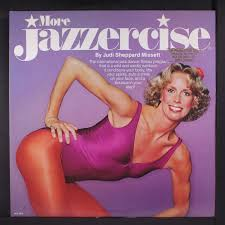In 1969, when most women’s exercise consisted of basic calisthenics and leisurely strolls, Judi Sheppard Missett quietly laid the foundation for a fitness revolution that transformed how the world moves to music. She called it Jazzercise (eventually), and it all started because her mom worried about her feet.
Born in 1944 in Red Oak, Iowa, Judi’s journey to fitness fame began with a medical concern. As a toddler, Judi’s mother has concerns about her being pigeon-toed, so she took Judi to a doctor for advice. He recommended dance classes as therapy, so Judi took her first dance class at three years old. The visit to the doctor not only changed her life, but the trajectory of the entire fitness industry.
Judi showed talent early, but growing up in small-town Iowa presented challenges for a burgeoning dancer. Red Oak, Iowa didn’t have many dance teachers. Judi’s mother had to recruit qualified ones to settle in towns within driving distance. She guaranteed to find them students, offered them bookkeeping services, and even helped sew costumes. It helped Judi get so good that she started teaching by age ten.
After graduating high school, Judi moved to Chicago and enrolled in the theater and dance program at Northwestern University. There, she began focusing intensively on jazz dance, studying under the legendary choreographer Gus Giordano at his Evanston studios. Giordano, who founded the Giordano Dance School in 1953 and would later write the acclaimed Anthology of American Jazz Dance in 1976, became Judi’s mentor and provided the foundation that would eventually evolve into Jazzercise.
Jazzercise also fought against longstanding beliefs against exercise for women. Many people said exercise would lead to women’s uteruses falling out. Take this quote from a Berlin doctor in 1998, “movements of the body can cause a shift in the position and a loosening of the uterus as well as prolapse and bleeding, with resulting sterility, thus defeating a woman’s true purpose in life, i.e., the bringing forth of strong children.”
Out with the old
In 1969, while teaching traditional jazz dance classes in Evanston, Illinois, the 25-year-old Judi noticed a troubling pattern. Excited students signed up for her classes without an issue, but she had a retention problem. The initial enthusiasm faded, attendance consistently dwindled, and students seemed frustrated. It would’ve been easy for a coach or teacher to blame the rut on a lack of commitment, but Judi listened closely to the feedback from her students. It ultimately sparked a revolution: “You’re teaching like we’re going to go on to become professional dancers, but really we just want to look like professional dancers.”
This crucial insight led Judi to radically reimagine her approach. Her transformations optimized for user experience and the outcomes they actually wanted (instead of the outcomes she thought they wanted). She turned students away from mirrors, simplified the choreography, and focused on accessible, rhythmic movements set to invigorating music while. The she pumped them up with constant positive encouragement.
She called it “Jazz Dance for Fun and Fitness.” Not a great name, but a great class. If you want an idea of how FUN it was, check out this highlight reel. The gif below’s great, but trust me. Don’t miss the video.
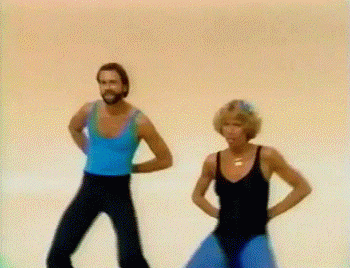
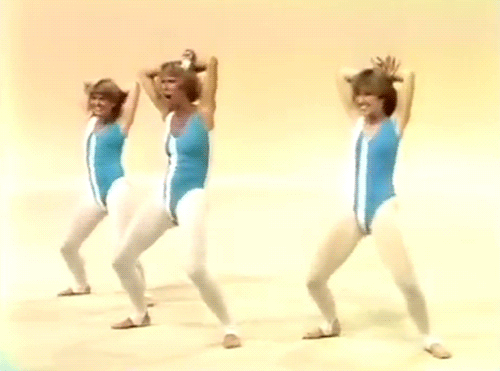
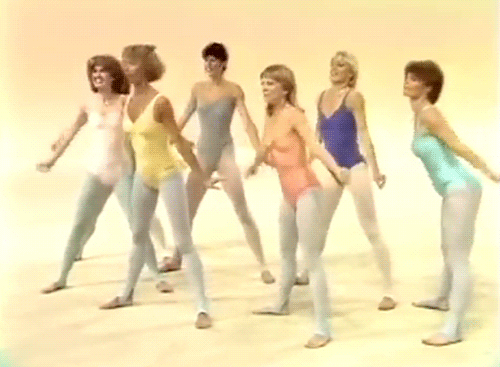
No wonder the students loved it. It didn’t take long to get an upgraded name. One of her students actually suggested “Jazzercise,” and Judi quickly trademarked it with help from another student who worked at a law office.
The enduring philosophy
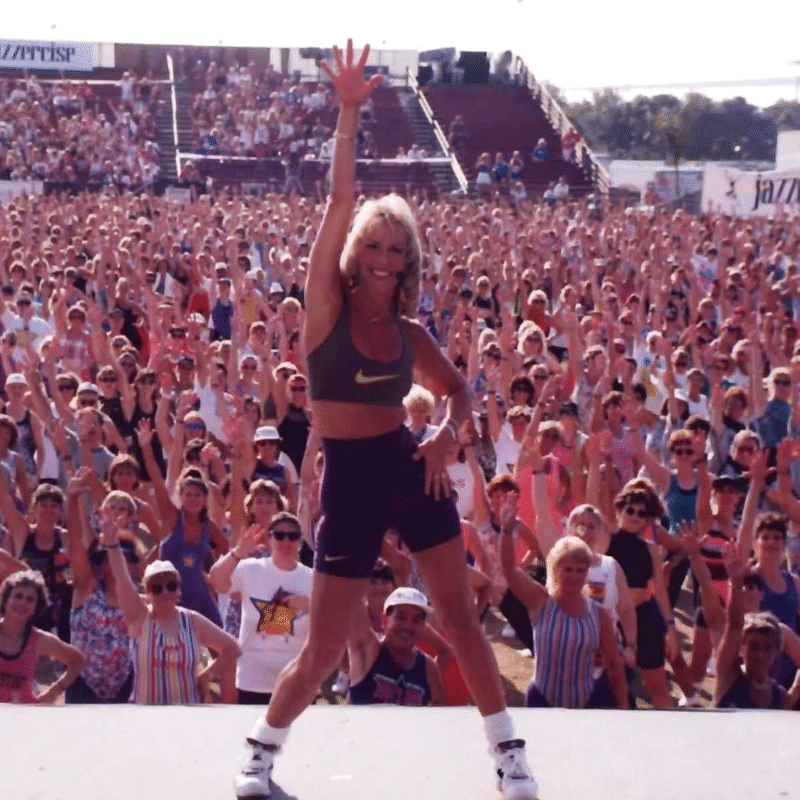
Even though she took fun out of the name, she never took it out of the heart of Jazzercise. It’ the center of the whole thing. Ultimately, it’s her why. She went into her personal relationship with movement with Glamour magazine, “It’s the place that I guess I could say I feel free. I turn on the music, and then I give myself a class, and I just dance. That’s when I feel liberated, powerful, strong, and it motivates me to keep going.”
Her business philosophy centers on authenticity and passion, principles that have sustained Jazzercise through five decades of fitness fads and industry changes. While Jane Fonda taught America to “feel the burn,” Judi Missett taught the world to feel the joy.
Crawl, walk, dance
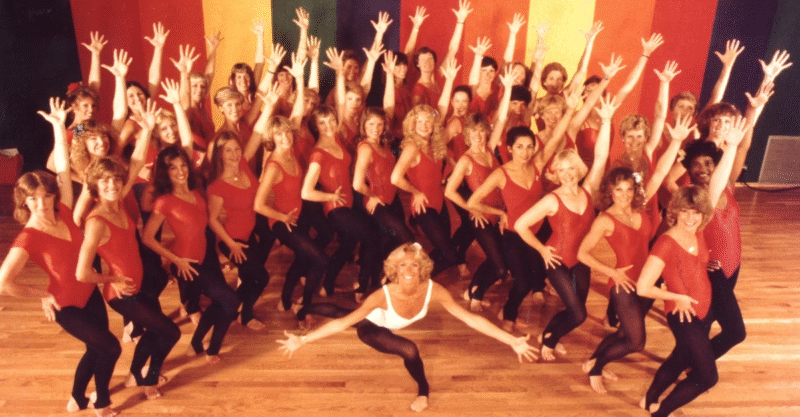
Success was neither immediate nor easy. Judi hustled tirelessly, teaching wherever she could find space, like church basements, community centers, and even grocery-store parking lots. Her early students kept coming back, despite the uneven floors and chilly, poorly lit spaces. They couldn’t resist the joy and accessibility of her approach.
When the Missett family relocated to Carlsbad, California, in the early 1970s, Jazzercise found its place. Her classes became gathering spaces in the height of second-wave feminism. Health-conscious women could wear leggings, sweat, meet new friends, and gain confidence.
Fads need great ambassadors if they ever hope to become phenomenon, and Judi had it. Many of Judi’s first instructors were military wives, and as families moved to different bases worldwide, they spread Jazzercise across the globe. This organic growth through military communities would prove instrumental in the program’s international success.
Creating, then riding, the fitness wave
The 1980s brought an unprecedented fitness boom, and Jazzercise arrived at precisely the right moment. Jane Fonda’s workout videos sold over 17 million copies, establishing the celebrity-as-fitness-instructor model and opening the formerly male-dominated fitness industry to women. Meanwhile, Jacki Sorensen’s Aerobic Dancing had reached its peak in 1981 with 1,500 locations, 4,000 instructors, and 170,000 students.
But Judi’s approach was uniquely positioned to capitalize on this fitness explosion. Unlike Jane Fonda, who built her empire on celebrity and video sales, or Jacki Sorensen, whose classes thrived primarily in studios, Judi merged both strategies and maintained a community aspect that set Jazzercise apart. She wasn’t selling herself. She was selling Jazzercise.
And it created a legacy beyond the studio. The company performed at the 1984 Los Angeles Olympics opening ceremony as part of the spectacular “Music of America” program. Judi also traveled to perform at the 1988 Super Bowl halftime show and countless athletic events worldwide.
Fitness royalties
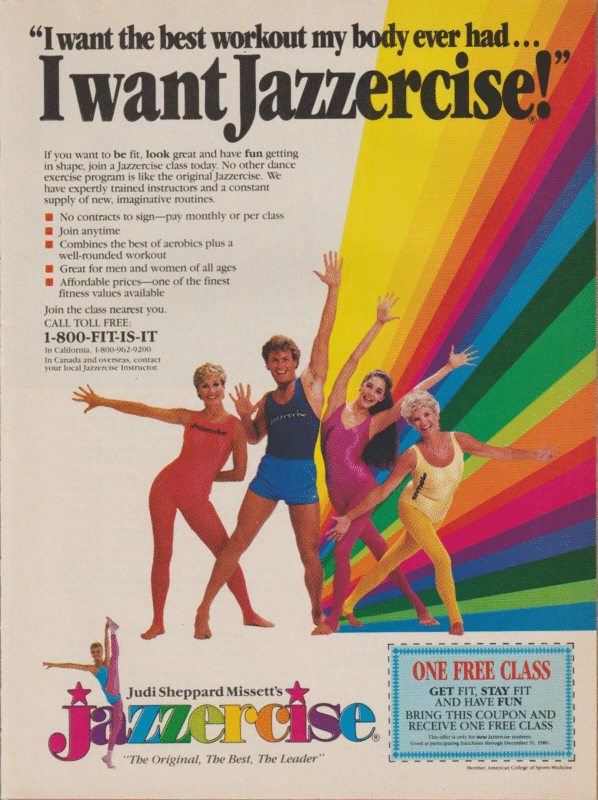
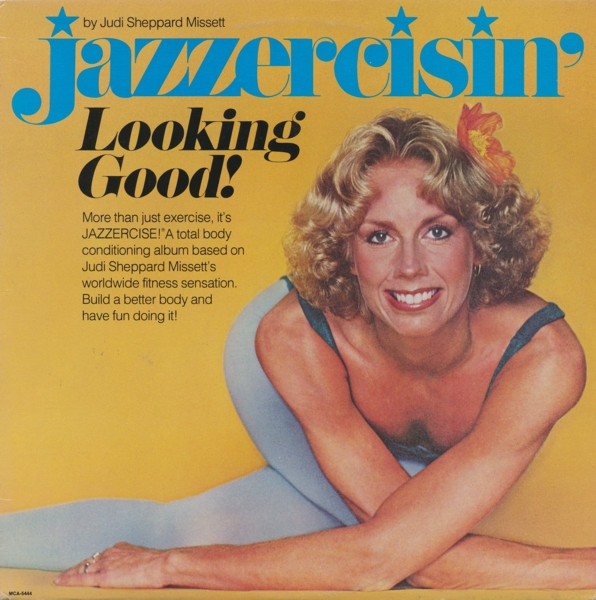
Judi’s franchise model was groundbreaking. Rather than charging high upfront fees, she implemented a system with a low initial cost ($1,250 franchise fee) but high royalty rates, allowing rapid expansion while maintaining quality control. This approach democratized fitness entrepreneurship, particularly for women seeking business opportunities.
The technology adoption timeline showcases Judi’s forward-thinking approach:
- 1981: Released the gold-certified LP album “Jazzercise”
- 1982: Produced a second LP titled “More Jazzercise”
- 1983: Released the first VHS workout called “Let’s Jazzercise”
- 2019: Launched Jazzercise On Demand streaming service
Financial success and cultural impact
The numbers tell a remarkable story of sustained success:
- 1984: Company revenue exceeded $40 million annually
- By 1984: Declared the “2nd fastest growing franchise” (behind Domino’s Pizza)!
- 2022: Generated $73 million in revenue
- Current operations: Over 8,500 franchisees teaching more than 32,000 classes weekly in 25+ countries
- Cumulative achievement: $2 billion in gross cumulative sales
Industry transformation and lasting influence
Judi fundamentally reshaped the fitness landscape, pioneering concepts that seem obvious today but were revolutionary in 1969:
- Community-based fitness that prioritized fun over perfection
- Dance fitness as a legitimate workout option
- Franchise models that empowered women entrepreneurs
- Multi-generational programming that adapted to changing demographics
It worked in the early 1970s, and it’s still working today. In 2024 the company had $77M in sales. Over 7,000 instructors run approximately 32,000 classes weekly in 16 countries. That makes nearly 500,000 students each year. The companies ability to stay relevant over five decades as the industry changed, grew, and attracted competition should make any entrepreneur take notice.
Because there’s no doubt Judi’s influence extends directly to modern phenomena like Zumba, boutique fitness studios, Soulcycle, and digital fitness programs. The philosophy she embedded in every Jazzercise class, emphasizing joy, movement, and authenticity, continues to resonate with fitness enthusiasts worldwide.
A three-generation legacy
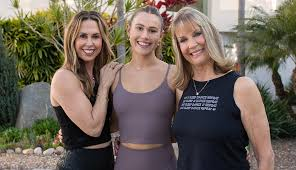
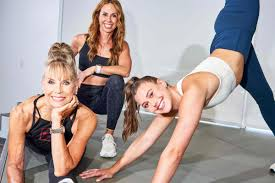
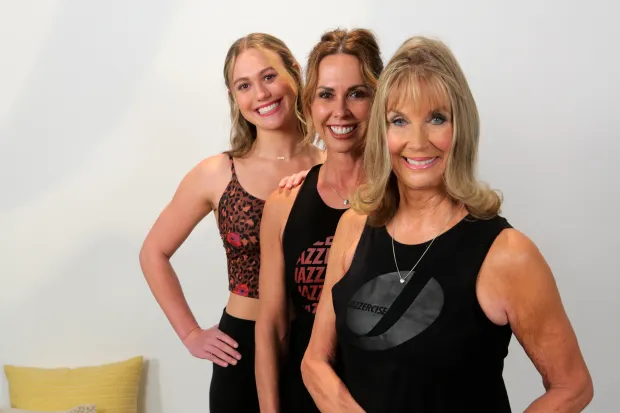
Today, Jazzercise operates as a true family business spanning three generations. Judi’s daughter, Shanna Missett Nelson, became a certified instructor at 18 in 1987 and now serves as the CEO, after having been company president since 2010.
Shanna didn’t jump from instructor, where she taught Jazzercise around her college courses at the University of Arizona in Tucson. She worked just about every job on the way up, even cleaning bathrooms. Eventually she moved on from teaching and cleaning to owning her own franchise and working on the international branding. For 20 years Shanna held the Executive Vice President role, then jumped to President, and finally CEO.
Many family businesses don’t make it past the second generation, and Shanna knows it, ““I still have days where I’m like, ‘Can I do this?’ Most family businesses don’t succeed in the second generation, and that’s always at the back of my mind.”
COVID brought in a third generation. Skyla, 18 at the time, started taking classes during the shutdowns in 2020 and became an instructor herself. Now she works full time in digital products because the family understands the now 56 year old business needs to evolve in order to attract a younger audience.
At 80, Judi remains actively involved as Executive Chair, continuing to teach classes and maintain her legendary energy. Her longevity secrets? Daily Jazzercise classes, weight training, lean protein, vegetables. But he has one indulgence (we all do, right?). She likes Dr Pepper and has one a day.

